
Membrane technologies can be used in combination, such as ultrafiltration followed by reverse osmosis for seawater desalination processes, and microfiltration followed by nanofiltration for clarification of fermentation broth and product concentration. Our technologies are made to handle a wide range of process fluids, water and wastewaters.
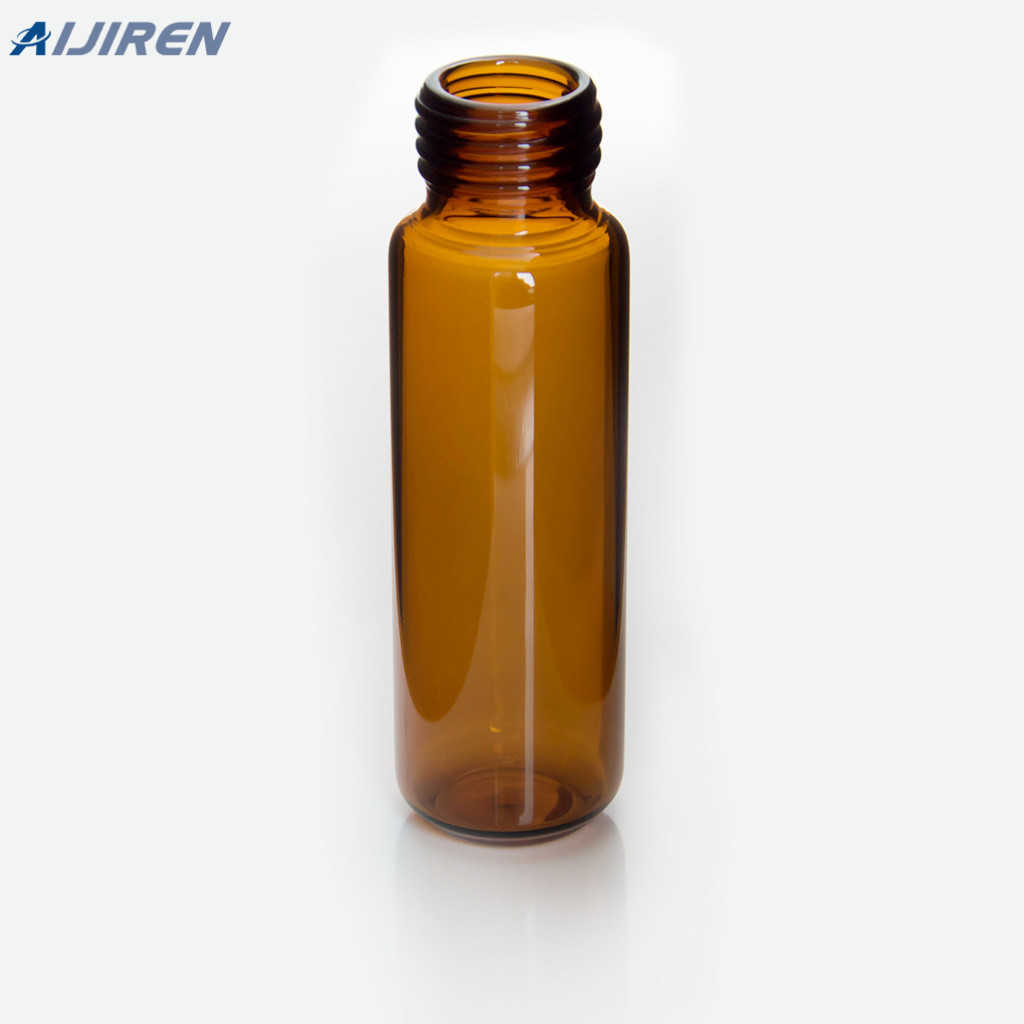
How does a membrane filter work? Reverse osmosis applies pressure to a semipermeable membrane that allows the water molecules to pass through while flushing the dissolved inorganic compounds to the drain. So it separates the water into two pathways. Shop RO Membranes Ultrafiltration doesn't separate the water like a reverse osmosis membrane.
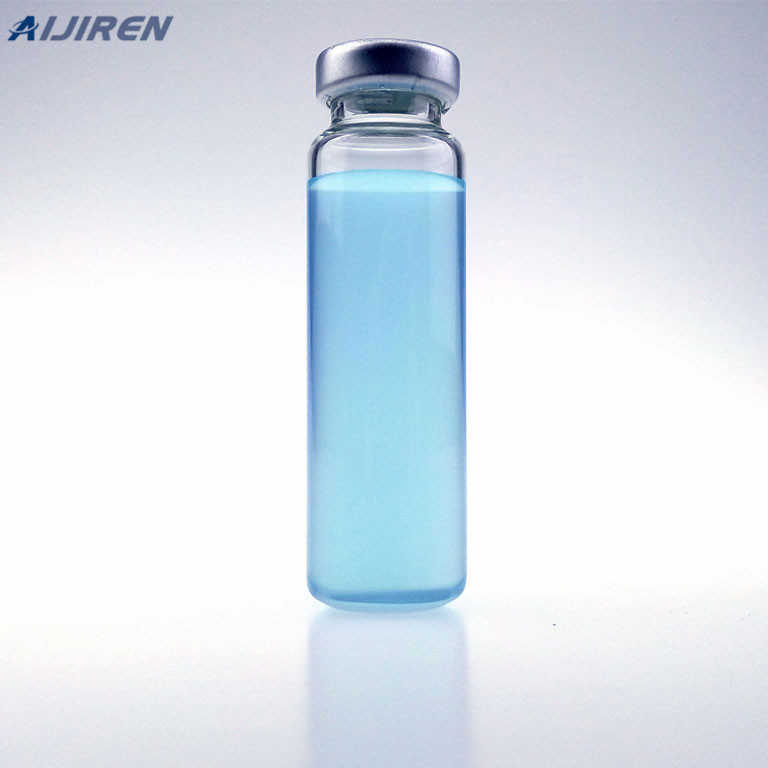
Oct 12, 2021 · Membrane Filtration Uses in Wastewater Treatment Desalination of salt water to produce potable water remains the primary use of membrane filtration. Filtration of surface or groundwater under the direct influence of surface water can be accomplished using membranes with the largest pore sizes. As a pretreatment step in water treatment. Conclusion

May 26, 2022 · Procedure of Membrane Filter (MF) Technique . Collect the sample and make any necessary dilutions. Select the appropriate nutrient or culture medium. Dispense the broth into a sterile Petri dish, evenly saturating the absorbent pad. Flame the forceps, and remove the membrane from the sterile package. Place the membrane filter into the funnel assembly.
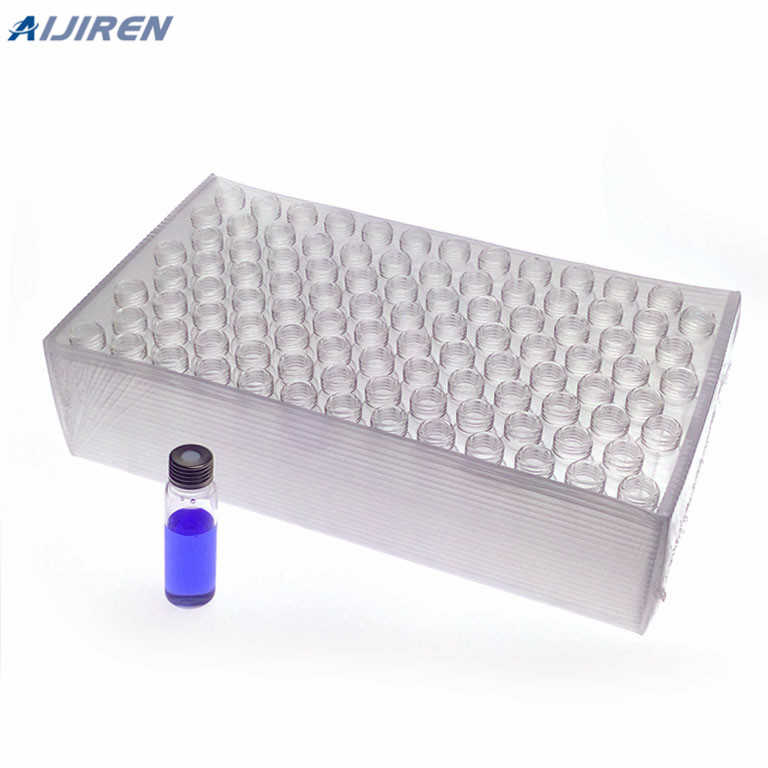
Membrane filter techniques are widely used for the enumeration of bacteria from water samples. In this method, the bacterial cells are filtered through a membrane , like  gridded MCE, as the sample passes through it. The cells, along with the membrane, are placed on a suitable solid medium. On incubation these cells produce visible
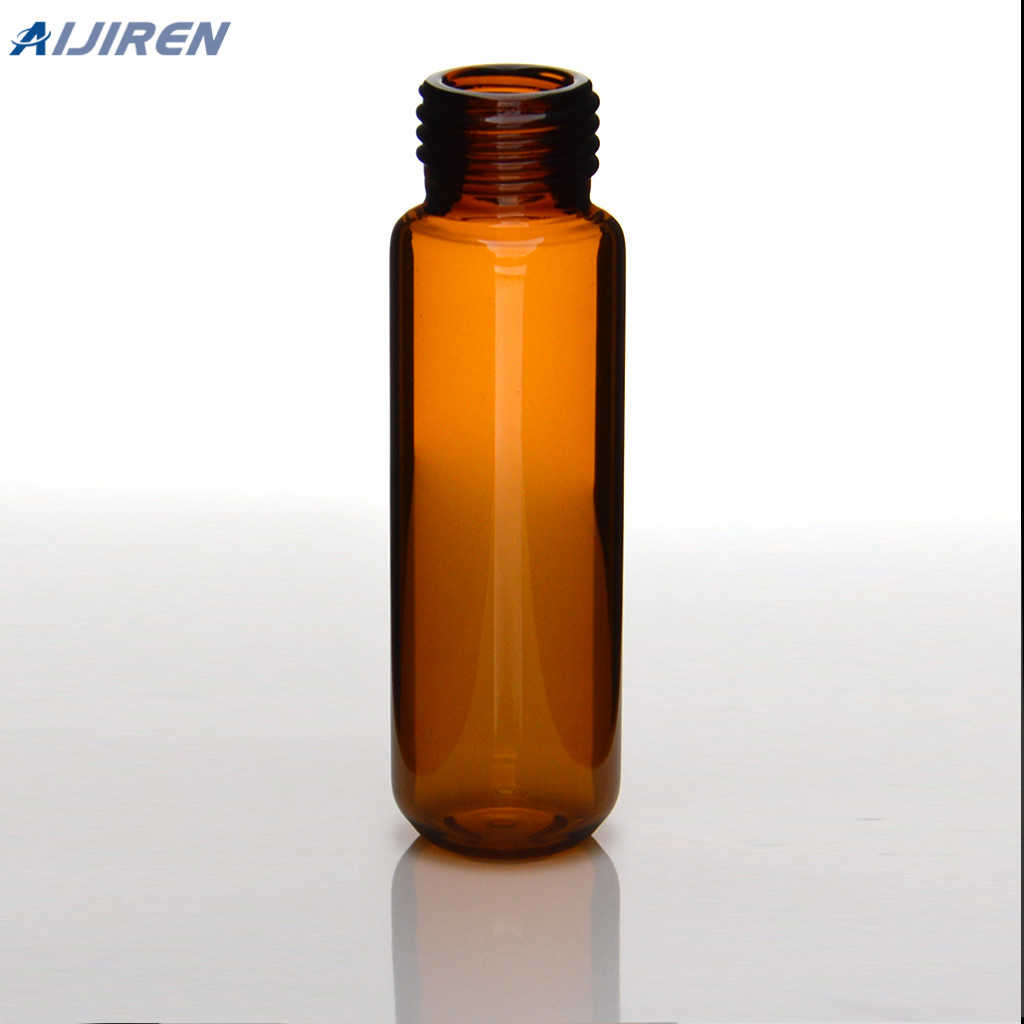
Oct 25, 2016 · Membrane filtration process is a physical separation method characterized by the ability to separate molecules of different sizes and characteristics. Its driving force is the difference in pressure between the two sides of a special membrane.
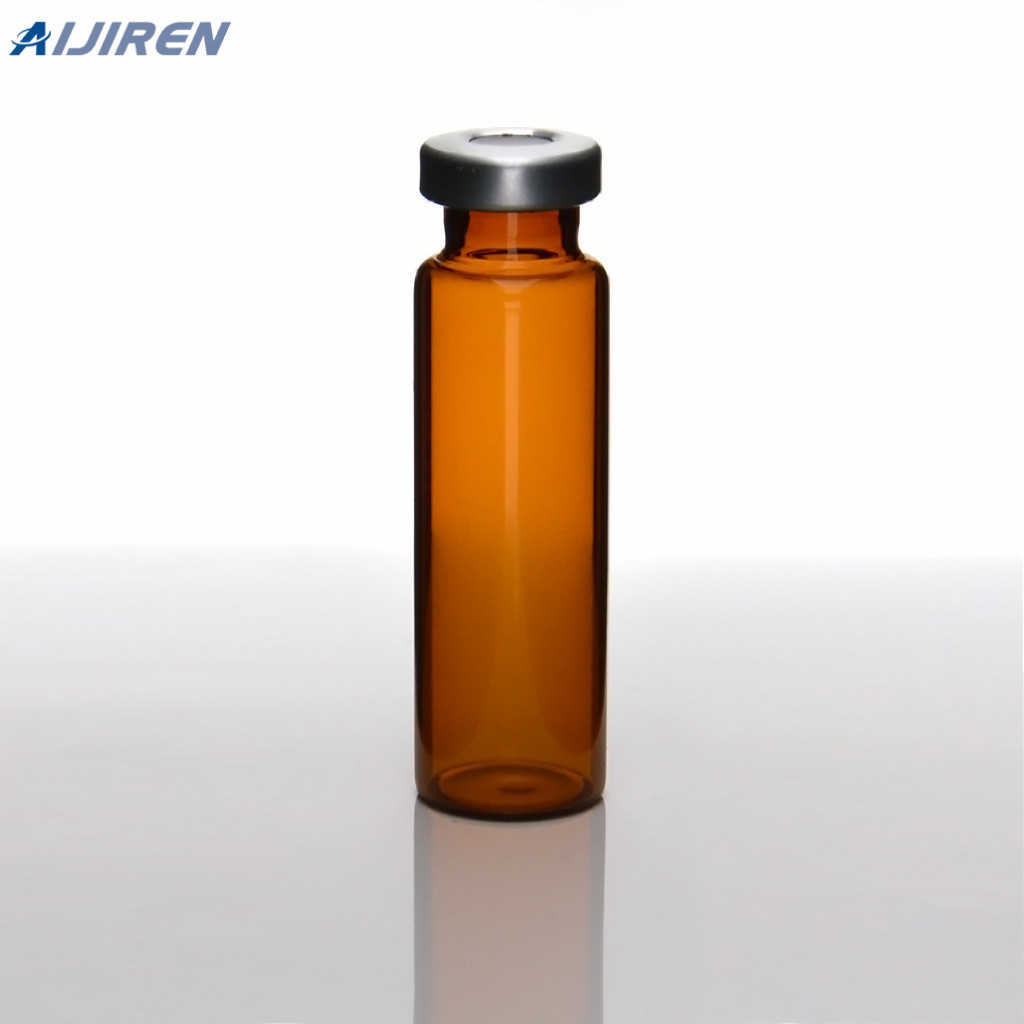
Membrane filtration: For the membrane filtration of water, place a membrane filter over the carbon disk by using forcep sterilized under the flame. Then, flame the opening of the sample bottles and pour the test water sample, through the funnel. A vacumn system allows the complete separation of filtrate through the membrane filter.
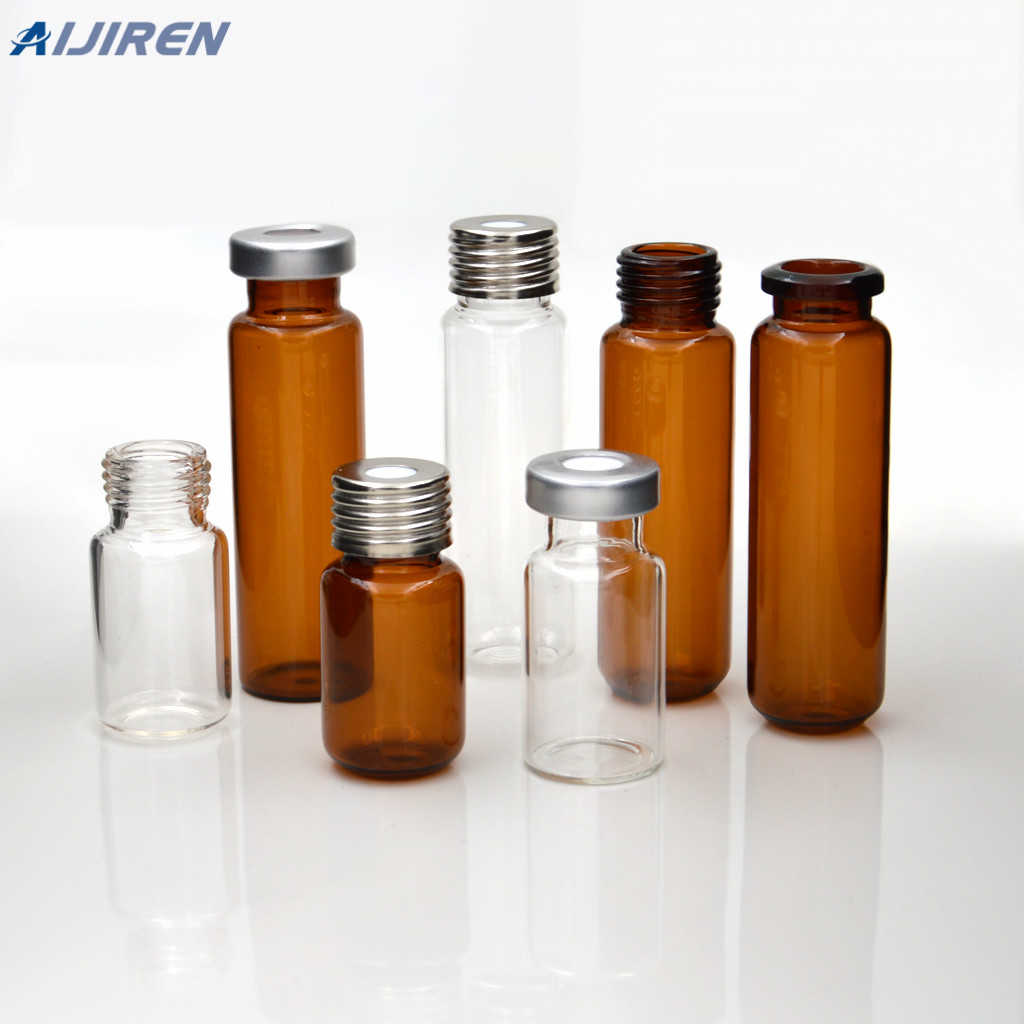
Jul 27, 2021 · Tubular membrane filtration is the first choice for applications where there are high levels of solids, viscous liquids or where cleaning and maintenance are issues. For higher capacity water and wastewater applications, a different type of membrane configuration is sometimes favored. Spirally-wound membranes provide a higher packing density
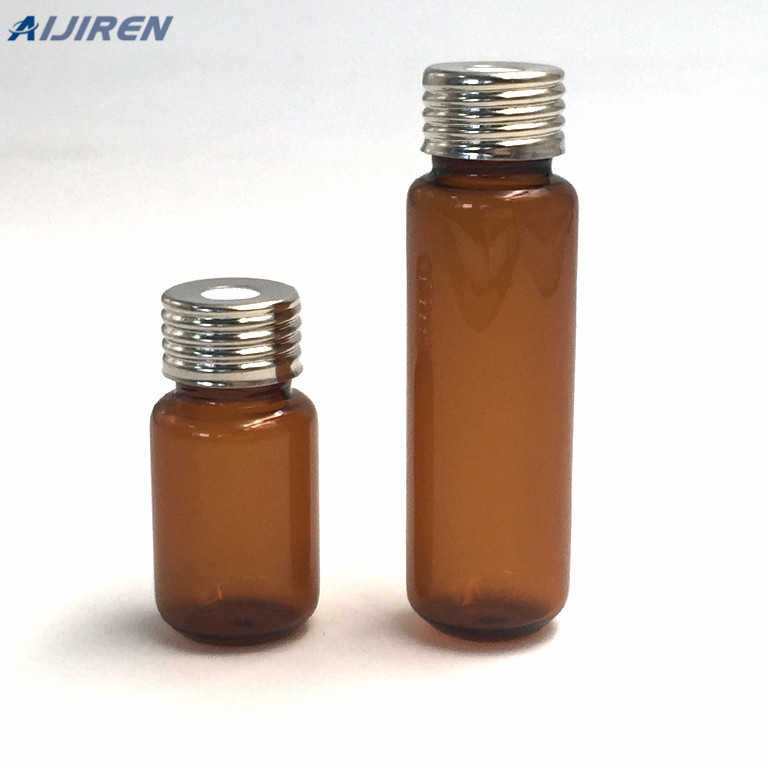
There are four commonly accepted methods of membrane filtration water treatment. These methods are defined on the size of the material that needs to be separated from the liquid. The four Membrane filtration water treatment methods are commonly know as microfiltration, ultrafiltration, nanofiltration and reverse osmosis. Microfiltration

Aug 07, 2018 · MAYBE USE: when you need to filter aqueous solutions and sodium hydroxide. You’ll need to pre-wet with a water-miscible solvent, such as methanol, to overcome the hydrophobicity of the membrane. Polyvinylidene Fluoride (PVDF) Membrane
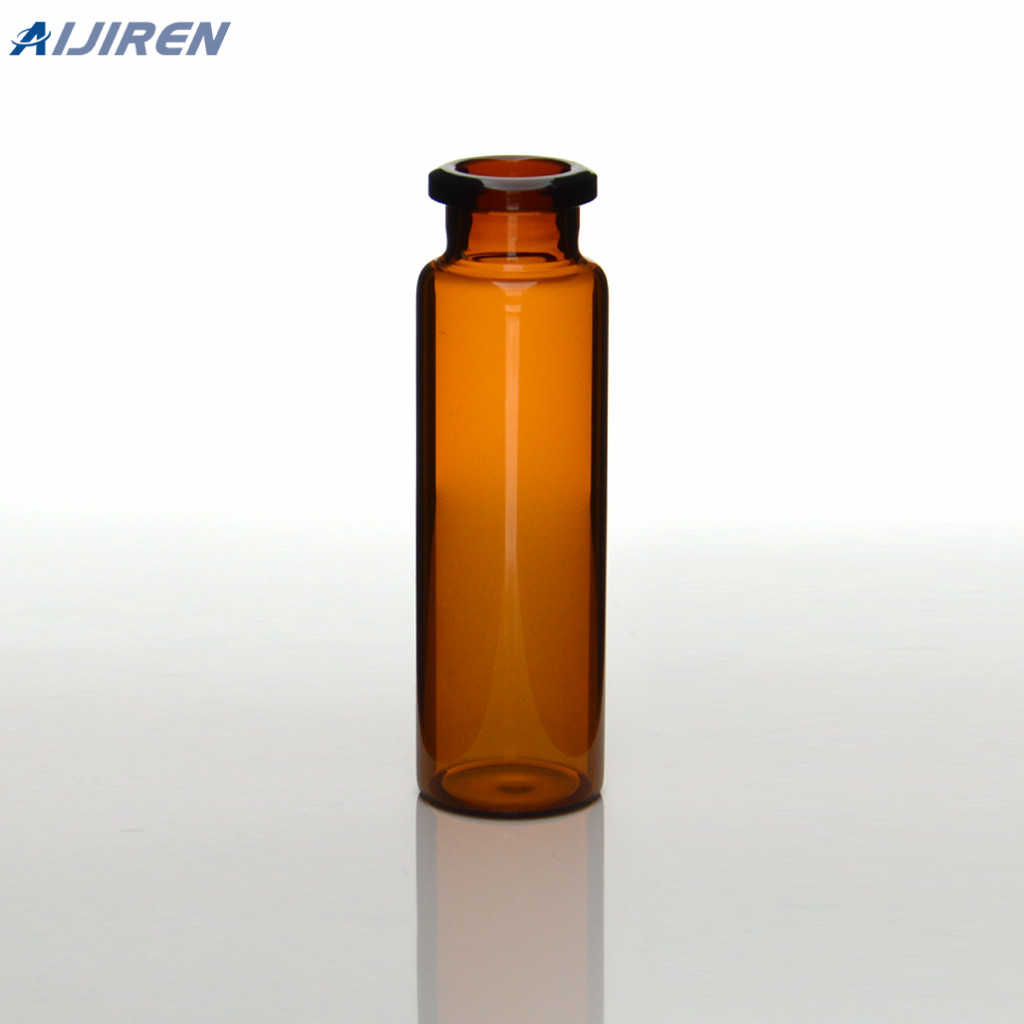
Hydrophobic PTFE. These filters are highly porous, thin, and they behave as absolute retentive membranes. They remain inert even with strong bases, strong acids, and solvents which are chemically aggressive. You can use these membrane filters for sterilizing gases, venting gas and air, or for clarifying and sterilizing strong acids or solvents

A membrane is a barrier that allows certain substances to pass through while blocking others. Water treatment facilities use various types of membranes and processes to clean surface water, groundwater, and wastewater to produce water for industry and for drinking. Water filtration is a multi-billion dollar industry that is growing as a result

A RO membrane filter is simply a filter membrane with a reverse osmosis configuration. Its primary function is to remove contaminants or debris from the water. The filter is a semipermeable layer through which you push water under pressure to deionize it or demineralize it. Reverse Osmosis Membrane Filters

Nov 01, 2010 · Membrane filtration is needed as a pre-treatment to the RO, and this application will form the subject this paper. Without membrane pre-treatment, stable operation of the RO has been found to be unachievable, so the advent of the membrane filtration boom for drinking water in the late 1990's enabled the commercial realization of this application.
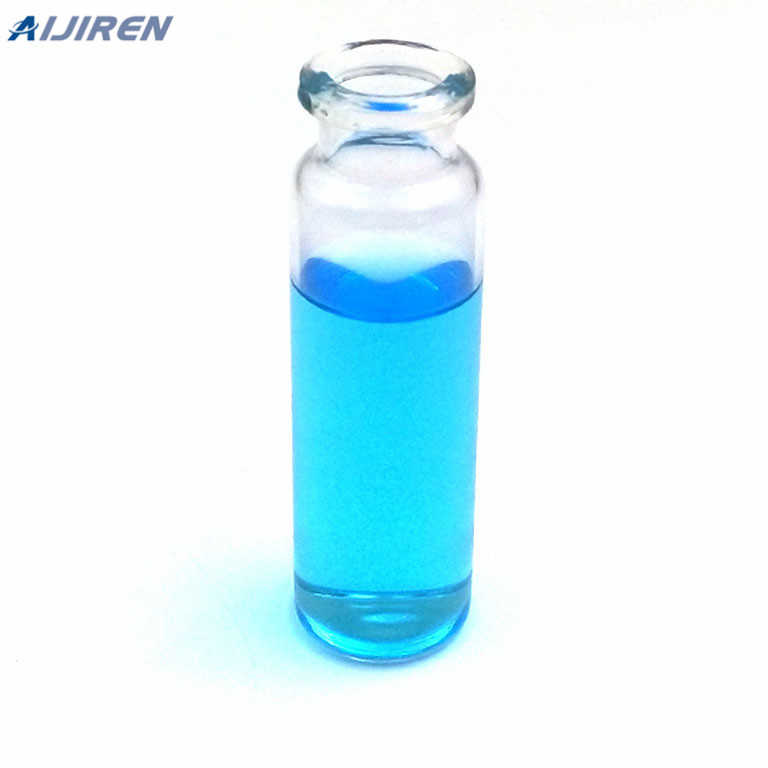
If the membrane does not have a substrate, it is bio-directional and either side can be used as the inlet. If it has a substrate, the substrate layer will be more coarse and ridged than the membrane side. The membrane side would be the inlet and the coarse substrate side the outlet. The solvent should enter the inlet side of the membrane first.